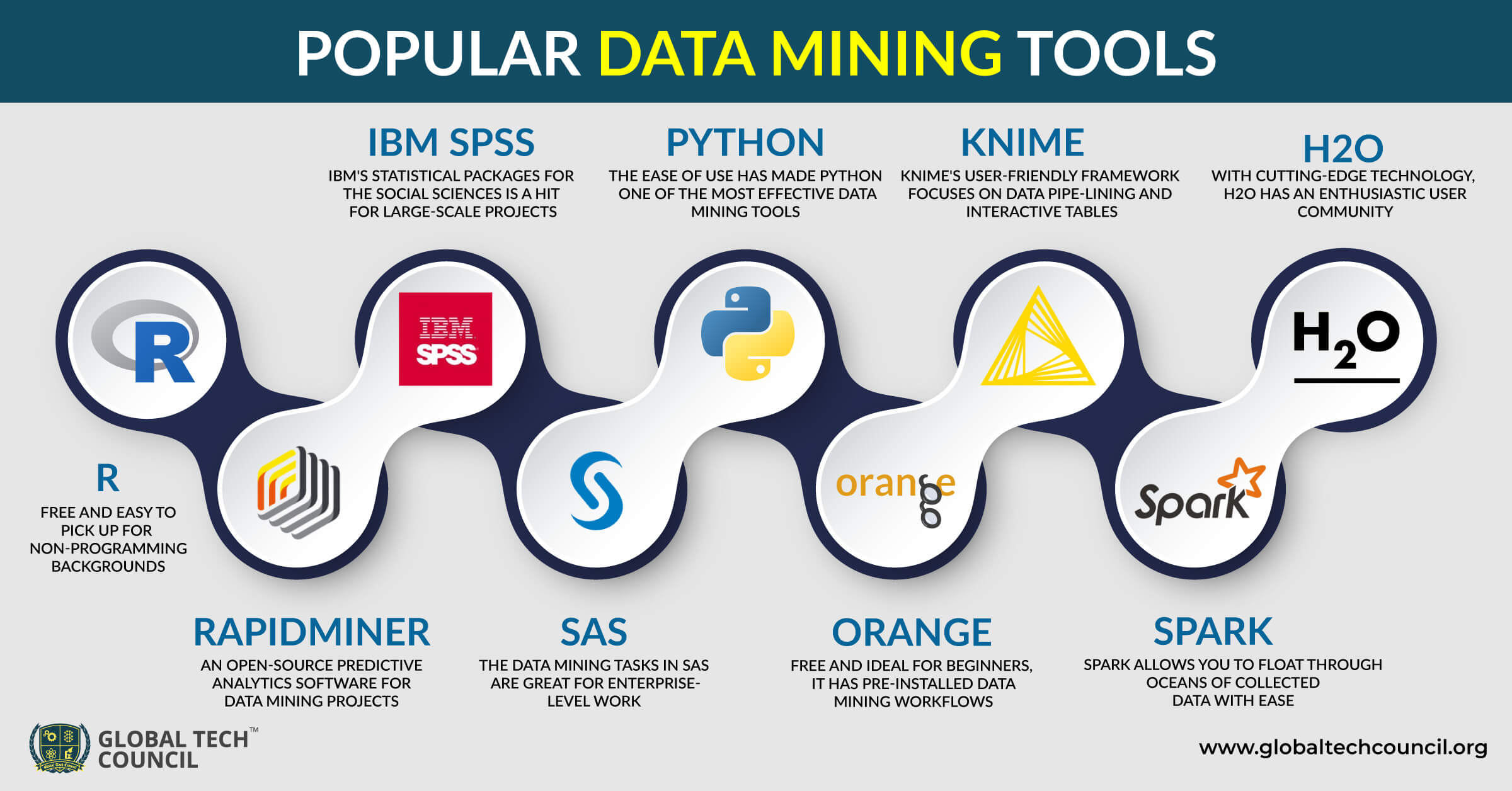There are several definitions for data mining with respect to business as well as for academics. Data mining is a practice that will automatically search a large volume of data to discover behaviors, patterns, and trends that are not possible with the simple analysis. Data Mining should allow businesses to make proactive, knowledge-driven decisions that will make the place better ahead of their competitors.
Data warehouse, from its mandate to store a large volume of data including the last years of data. The data warehouse is used for descriptive analysis (What happened) and diagnostic analysis (Why it happened). However, business needs to do analysis beyond that. Data mining can be utilized for Predictive Analysis (What will happen) and Prescriptive Analysis (How can we make it happen).
There are a few tasks used to solve business problems. Those tasks are Classify, Estimate, Cluster, forecast, Sequence, and Associate. SQL Server Data Mining has nine data mining algorithms that can be used to solve the aforementioned business problems. The following are the list of algorithms that are categorized into different problems.
Classify: Categorized depending on the various attributes. For example, whether a customer is a prospect customer depending on other data such as Age, Gender, Marital Status, Occupation, Education Qualification, etc.
Estimate: Estimation will be done using the parameters. For example, house prices will be predicted depending on the house location, house size, etc.
Cluster: also named as segmentation. Depending on the various attribute natural grouping is done. Customer Segmentation is the classical business example for the clustering.
Forecast: Predict continuous variable for with the time. Predicting sales volume for the next couple of years is a very common scenario in the industry.
Associate: Finding common items or groups in one transaction. The transaction can be a supermarket sales, or medicine or online sales.
Sequence: Predicting the Sequence of events.
Decision Trees,
Naive Bayes,
Neural Network,
Logistics Regression


Leave a Reply